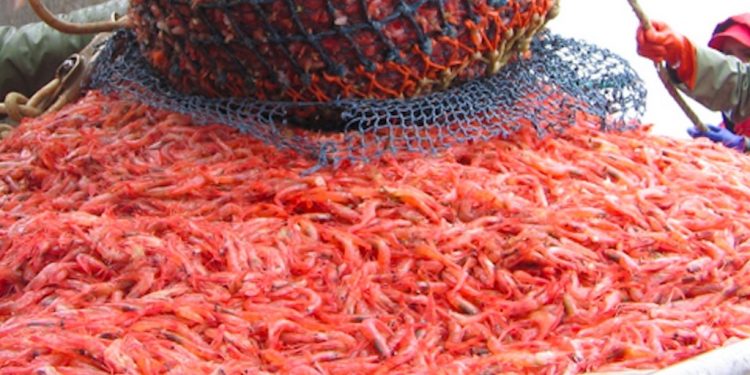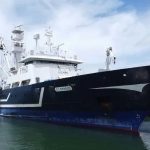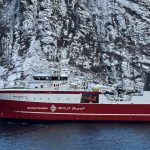Recommendations from ICES are that the shrimp fishery in the Skagerrak, Kattegat and northern North Sea in the Norwegian Deep should not exceed 4557 tonnes for the 12 months 1st July 2024 to 30th June 2025 – which represents a substantial reduction.
This is advice based on the EU/Norway long-term management strategy for the resource shared between Denmark, Norway, and Sweden.
In its advice, ICES notes that the fishery is socially and economically important for the fishing sector relying on it.
In 2022, ICES conducted a benchmark assessment on this Northern shrimp stock, which altered the perception of the stock’s status. The new modelling approach better accounted for for the species’ life history, where shrimp change from male to female as they grow older (known as the hermaphroditic relationship) and for uncertainty in natural mortality. This revision led to changes in reference points used for management. The 2024 assessment is largely consistent with the previous year’s assessment.
The 11% reduction in the advised catch for the 2024-2025 season compared to the previous year, and the 25% reduction compared to the current season’s TAC, is related to the historically low recruitment observed in 2022 and the downward trend in the biomass of shrimps aged 1–3 years, which make up the bulk of the catch.
ICES states that this reduction is necessary to ensure the short-term sustainability of the stock, by maintaining the stock above the biomass limit reference point (Blim), and rebuilding towards the maximum sustainable yield biomass trigger (MSY Btrigger).
Responding to industry concerns relating to discrepancies between the assessment of a growing stock and the advice that resulted in TAC reductions, ICES acknowledges these concerns.
‘The new assessment model, introduced in the 2022 benchmark, better accounts for the unique life history of Northern shrimp, particularly the hermaphroditic relationship and uncertainty in natural mortality. While this has led to changes in the reference points used for management and an improved understanding of the stock’s dynamics, it has also created new advisory and management challenges. ICES advice is in line with international policy requirements, to ensure the long-term sustainability of the stock. ICES remains committed to working with all stakeholders to improve the scientific assessment and management advice for this valuable resource,’ ICES states.
‘We expect the authorities to take action to safeguard the fisheries in the face of these challenges,’ commented Terje Eriksen, head of Sør-Norges Fiskarlag, and he described the situation as challenging.
‘This is very problematic for the coastal shrimp fleet, especially when it is still difficult with persistently high fuel prices and increasing CO2 tax. At the same time, there are ongoing processes with possible proposals for protection and zero fishing in Oslo Fjord and Skagerrak.’
Norwegian Fishermen’s Association Kåre Heggebø pointed out that the advice is not set in stone, and there is flexibility to negotiate with the EU on setting quotas.
‘The quota reduction that came last year has been challenging for the fishermen, and the quota advice for 2025 still means a tough situation for the industry,’ he said.
‘We believe it is now important to prioritise research much more strongly, and we hope the situation can quickly turn around when measures as strong as ICES wants are put in place.’









